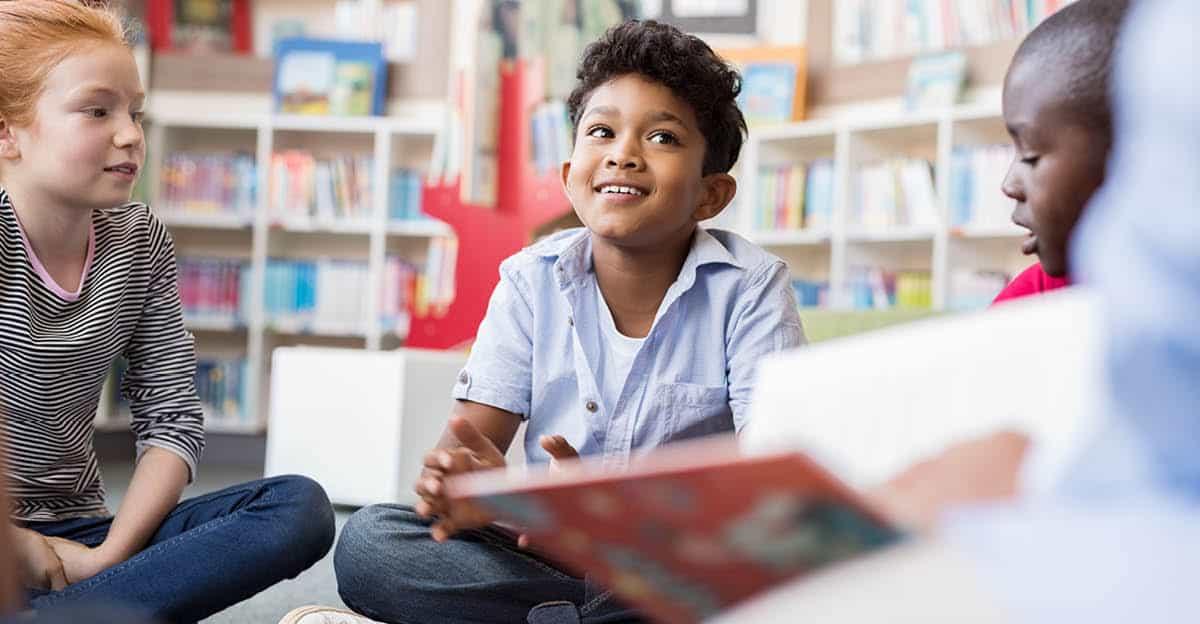Neurodiversity is defined as the idea that neurological differences between people (like autism and ADHD) are the result of normal, natural variations in human genetics. This new way of looking at differences may help students to embrace and better understand their peers. One place where you might consider including some support for neurodiversity is in your classroom library.
Creating a Classroom Library that Supports Neurodiversity
Neurodiversity supports the idea that differences between students like hair and eye color, height, and preferences can be inclusive of neurological differences. Embracing each other’s uniqueness can be a step towards a more teamwork-oriented and respectful classroom environment.
Neurodiversity in reading materials might include characters labeled with autism spectrum, sensory processing issues, dyspraxia, dyslexia, attention deficit hyperactivity disorder, dyscalculia, tourette syndrome, and others.
Here are 10 book suggestions to include in a neurologically diverse classroom library:
My Brother Charlie – By Holly Robinson Peete, Ryan Elizabeth Peete, and Shane Evans.
This book features Charlie, a young boy with autism, who is based on the author’s 10-year-old-son.
Apples for Cheyenne – By Elizabeth K. Gerlach and Kim Miller
This story is told from the perspective of a girl with autism who finds friendship and comfort in spending time with a horse named Cheyenne.
Mrs. Gorski, I Think I Have the Wiggle Fidgets – By Barbara Esham and Mike Gordon
The story features on David, a student who gets in trouble for not paying attention in class. He makes a plan to tone down his case of the wiggle fidgets.
Taking Dyslexia to School – By Lauren Moynihan
This story features a young student with dyslexia who shares his struggles with reading and math, while discussing how his teachers and parents help him succeed.
Shelley the Hyperactive Turtle – By Deborah Moss and Carol Schwartz
Shelley is a turtle who has a hard time sitting still, but learns that his doctor and his family can help him learn to control his wiggly feelings.
Ellie Bean the Drama Queen – By Jennie Harding
This story brings home what it is like to grow up with sensory processing issues from the perspective of a young girl named Ellie Bean.
I Can’t Stop! A Story About Tourette Syndrome – By Holly L. Niner and Meryl Treatner
This story is about a young boy named Nathan who starts to experience physical tics and learns about Tourette syndrome from his doctor.
You’re So Clumsy Charley – By Jane Binnion and Colin Shelbourn
Charley is always accidentally getting into trouble and feels different from the other kids. His Aunty Bella helps him to feel like he is not alone.
I’m Not Weird, I Have SPD – By Chynna T. Laird
This book can help children with sensory processing disorder explain their disorder to others, and also help peers understand what children with SPD go through.
Knees: The Mixed Up World of a Boy With Dyslexia – By Vanita Oelschlager
The main character Louis explains that words come out backwards and he doesn’t know why. His special teacher explains to the class that many important people have had dyslexia.
More Classroom Library Inspiration & Ideas
Looking for more great ways to make your classroom library stand out? Check out the latest posts in the Literacy and Reading topic. Explore the must-have tools and supplies that can help to give your classroom reading space a cozy and engaging vibe.






Leave a Reply